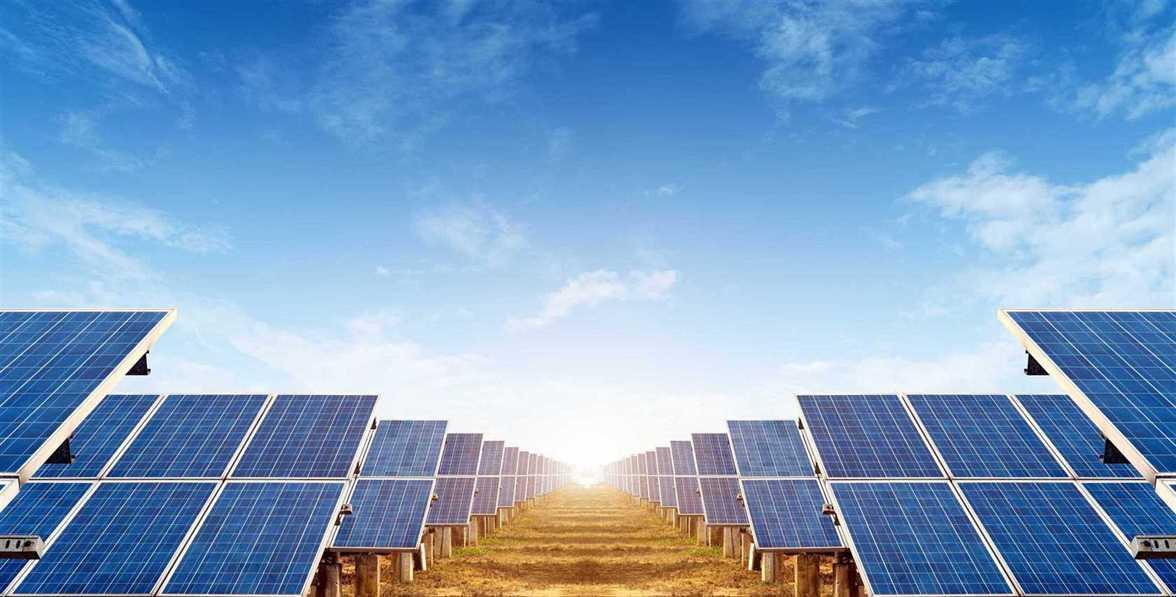
Are you looking to buy solar panels in Regina but are not so sure about which type to go for? There’s a lot of variables in the market today but what matters is learning how to sort out the best solar photovoltaic ones in the market. Different solar panels come packed with varied downsides and benefits. For this article, we’ll focus on two major types; monocrystalline and polycrystalline solar panels. Now, it is worth noting that most of the solar panels today are some variation of silicon. It is reported that at least 95% of solar panel shipments made by manufacturers are crystalline silicon solar panels.
Monocrystalline Solar Panels
As the name suggests, monocrystalline solar panels are single-crystalline solar panels. Most of these are made for residential use and are easily recognizable since they carry a certain coloring and uniformity. These features indicate high-purity silicon ingots that are cylindrical.
Since monocrystalline solar panels are made of high-grade silicon, their efficiency rates are very high, which goes up to 20%. As a result, high efficiency means low initial cost per solar panel. Also, you do not need a lot of space for the whole set up. In comparison to thin-film solar panels, monocrystalline solar panels produce three times more electricity. Monocrystalline solar panels come with a 25-year warranty and that tells you they last long.
On the other hand, if monocrystalline solar panels are partly covered with snow, dirt or shade, the entire circuit can easily break down. For this reason, it is advisable to also get central string inverters as opposed to micro-inverters to help solve this dilemma. In the manufacturing process, which requires making cylindrical ingots, four sites of the ingot get cut out and considered waste. Whereas the efficiency of monocrystalline solar panels is incredibly high, productivity is highly hindered by increasing temperatures. As such, living in areas that do not undergo an extreme change of temperatures during the day helps a great deal.
Polycrystalline Solar Panels
Multi-crystalline is also used in place of polycrystalline to symbolize polysilicon process. This kind of solar panel is manufactured by melting raw silicon and making a square wafer out of the square mould.
One of the advantages that come with polycrystalline solar panels is the simplicity and cost-effectiveness of the production; less silicon is wasted in the manufacturing process. Unlike monocrystalline solar panels, polycrystalline solar panels tend to be more resilient with high temperatures which increases their lifespan.
Unfortunately, the efficiency of polycrystalline solar panels barely hits 16% as a result of low silicon purity levels. This also translates to having more room for setting up the panels. Besides, monocrystalline solar panels appear more aesthetic and have a better uniformity in comparison to polycrystalline solar panels.
Now, to decide on which solar panel to go with, you first need to consider if you have enough space for the solar panel. For limited space, it is wise to go for monocrystalline solar panels and again, you can choose different panel sizes, including 180, 200 and 220-watt variation. The other variation is comparing how much your initial capital is versus the usability of solar panels. With low capital, go for polycrystalline solar panels and the reverse is true.
Making a decision should be as easy as that!